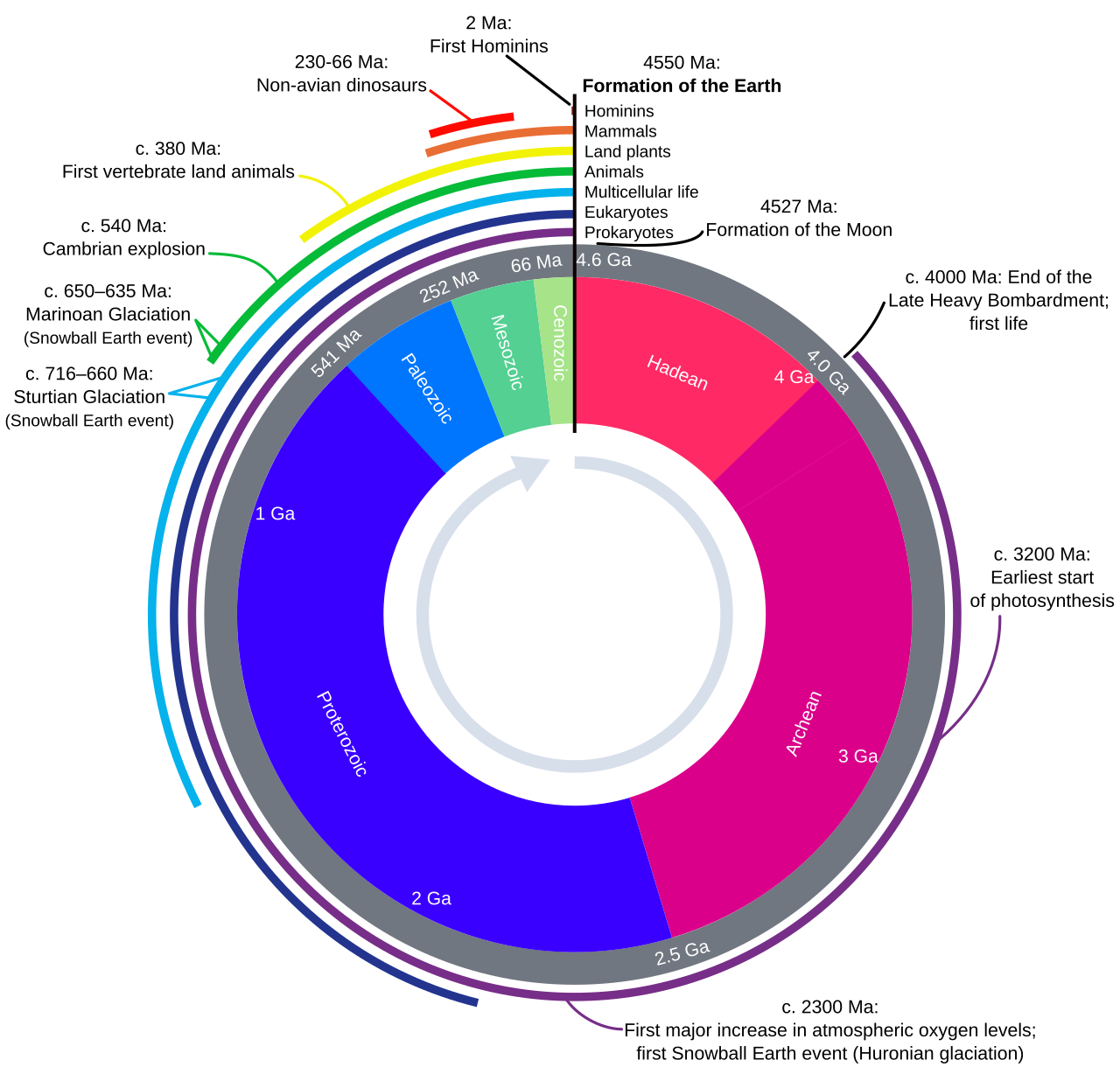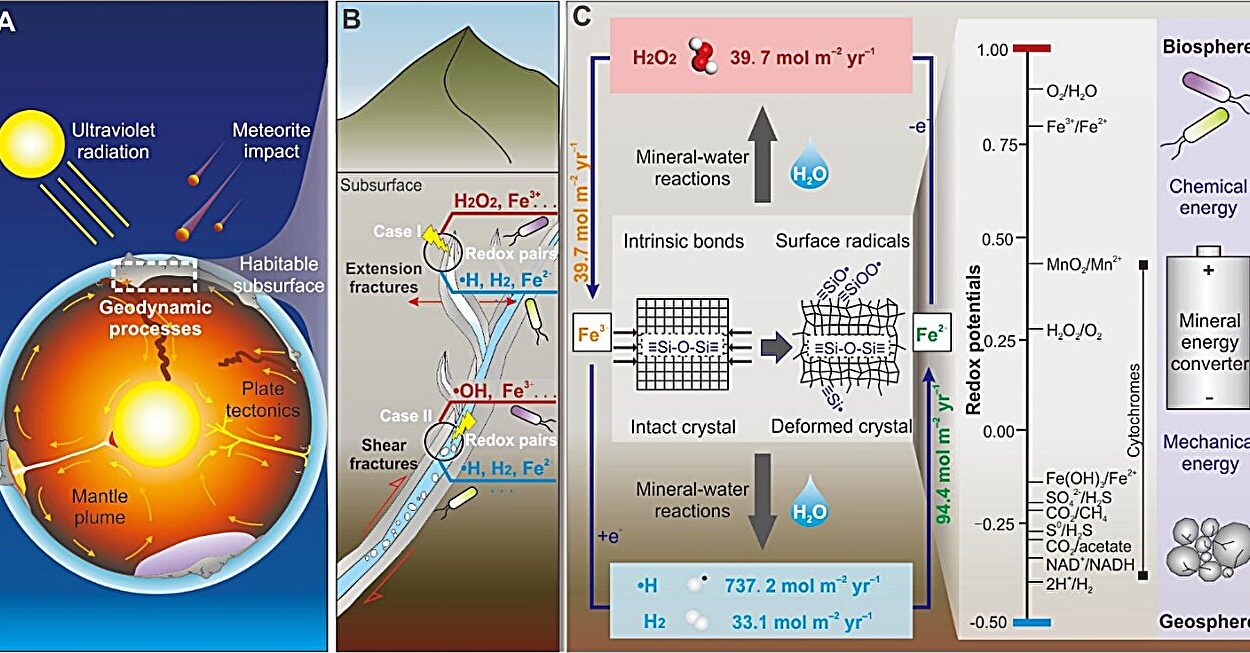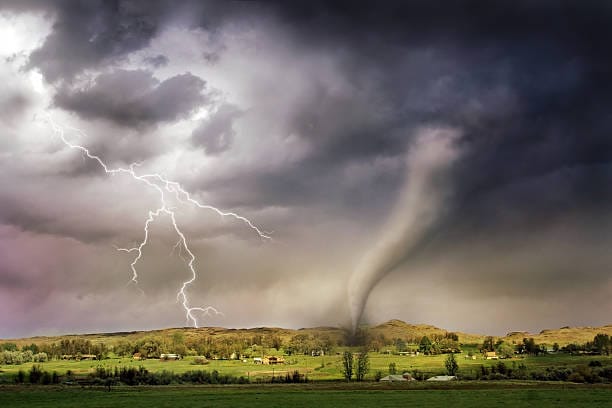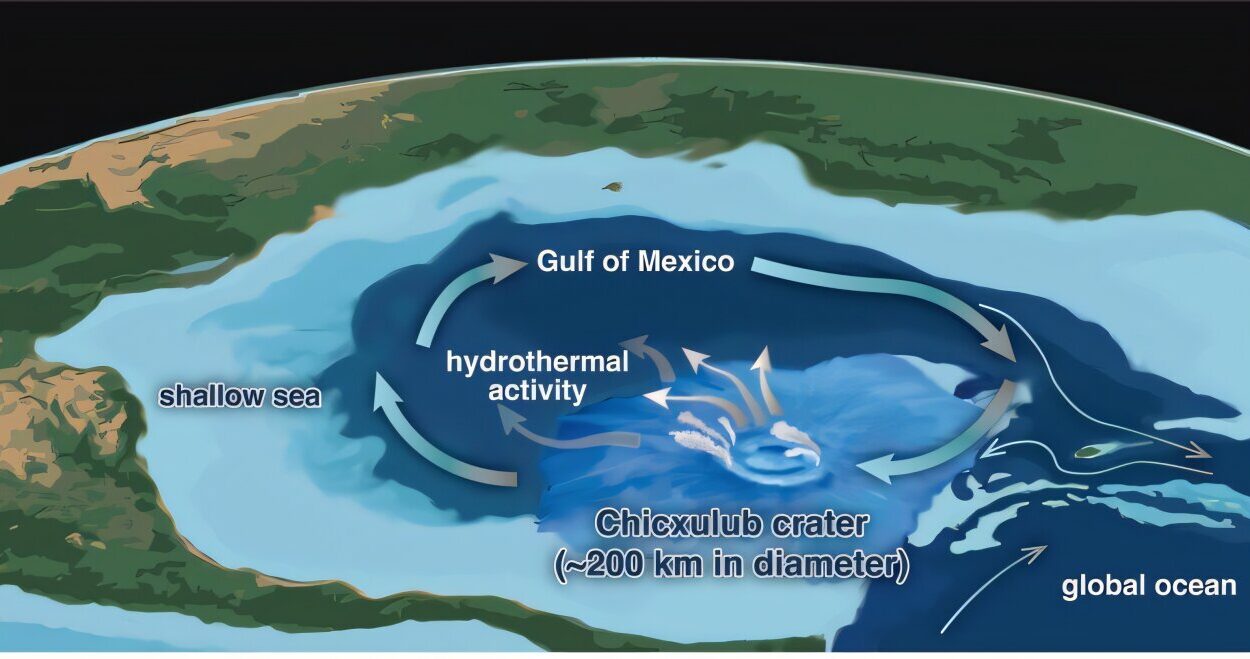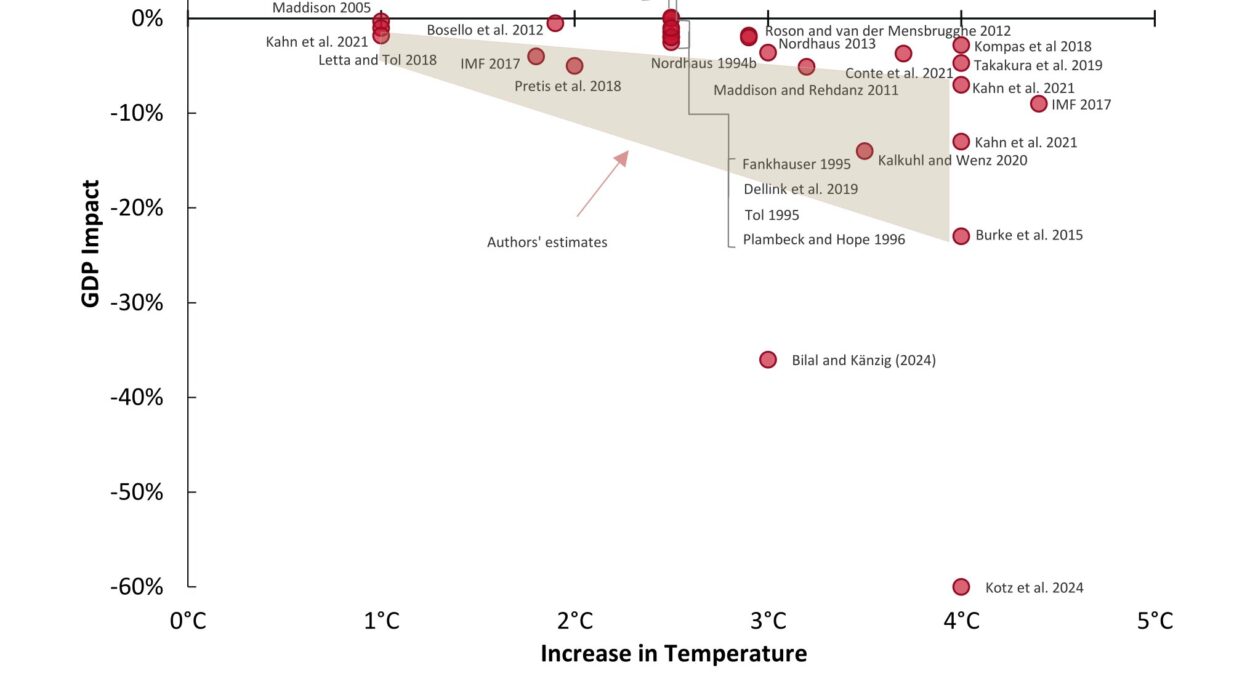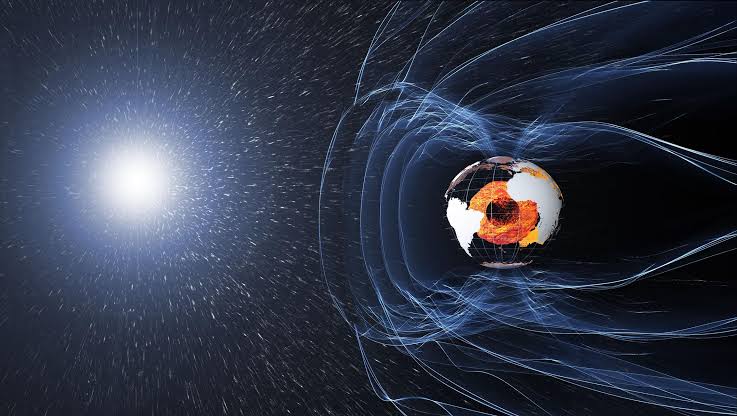Long before life, before oceans surged or continents clashed, Earth was nothing like the blue planet we know today. Imagine a time over 4.5 billion years ago, when the solar system was a churning cloud of dust and gas swirling around a newborn star. From this cosmic chaos emerged a searing-hot sphere of molten rock—our Earth, forged by fire and fury, not serenity.
It was not born gently. Planetary formation is a brutal process. Proto-Earth was pummeled by other celestial bodies—some as large as Mars. One of these cataclysmic collisions likely gave birth to the Moon, formed from debris that escaped Earth’s gravity and later coalesced in orbit. This wasn’t just violent theater—it was the beginning of something astonishing. Earth’s surface gradually cooled, forming a thin crust over the molten mantle, while gravity sculpted its core from iron and nickel. The world that would one day host oceans and forests, cities and civilizations, was then an unstable, smoking, lifeless hulk.
But time—measured not in centuries or millennia, but in eons—began to work its slow magic.
The Hadean and Archean Eons: The Cradle of Rock and Water
The Hadean Eon, named after Hades, the Greek god of the underworld, was aptly titled. For its first 600 million years, Earth was volcanic, hellish, and hostile. Yet, in this infernal world, vital changes stirred. Meteorites rich in ice bombarded the surface, delivering water to Earth’s scorched skin. Steam rose and condensed, and eventually, it rained—not for hours, but for centuries. Those rains filled vast basins, birthing the first oceans.
It was during the following Archean Eon, around 4 to 2.5 billion years ago, that the seeds of geology—and life—began to take root. The planet’s crust thickened. The first continental nuclei—called cratons—formed. These cratons were the geological hearts of future continents, enduring the planet’s fury for billions of years. Today, they still lie buried beneath places like Canada, Australia, and South Africa.
Underwater, volcanic islands and ridges dotted the landscape. The oceans shimmered green and orange with dissolved iron and primitive life. Life’s earliest forms—microbes, tiny and resilient—thrived near hydrothermal vents, drawing energy not from sunlight, but from Earth’s chemical bounty. Their existence signaled the beginning of the most profound transformation the planet would ever undergo.
Breath of Life: The Great Oxygenation Event
For billions of years, Earth’s atmosphere was toxic to the kind of life we know today. It lacked free oxygen. But quietly, invisibly, something miraculous was happening. Tiny blue-green bacteria known as cyanobacteria had learned to photosynthesize—to turn sunlight and carbon dioxide into energy, producing oxygen as a byproduct.
For millions of years, this oxygen rusted the iron dissolved in the oceans, forming banded iron formations—beautiful striped rocks still found across the globe. Then, around 2.4 billion years ago, the oxygen levels finally began to accumulate in the atmosphere. This event—called the Great Oxygenation Event—was an ecological apocalypse for many ancient microbes but also the dawn of possibility.
The atmosphere changed. The sky turned blue. New forms of life that could tolerate and use oxygen began to emerge. Oxygen enabled more efficient energy use, laying the groundwork for complex, multicellular organisms. Earth’s evolution was entering a new chapter—one where rocks and life would co-author the story.
The Proterozoic Eon: Supercontinents and Snowball Earth
Between 2.5 billion and 541 million years ago, during the Proterozoic Eon, Earth’s geological rhythms became more pronounced. Continental plates began to move and collide more purposefully, forming the planet’s first supercontinents. These colossal landmasses—like Columbia, Rodinia, and Pannotia—assembled and broke apart in cycles governed by the restless dance of plate tectonics.
Beneath these shifting continents, Earth’s mantle churned with convection currents, dragging landmasses across the globe over millions of years. Mountains rose and were eroded. Volcanoes spilled fire. Basins sank and filled with sediment. Geological change became the planet’s heartbeat.
But the Proterozoic was not just a tectonic tale. Around 720 to 635 million years ago, Earth was plunged into deep freezes so extreme that they are believed to have covered the entire planet in ice—from poles to equator. These were the Snowball Earth episodes, and their cause is still debated. One theory links them to changes in atmospheric gases and the positioning of continents, which may have altered ocean circulation and led to runaway cooling.
Yet life clung on—perhaps in isolated pockets of open water or under the sea ice. And as volcanoes continued to erupt, carbon dioxide accumulated in the atmosphere again, eventually thawing the planet. These freeze-thaw cycles may have set the stage for a biological explosion the likes of which the Earth had never seen.
The Cambrian Explosion: Life’s Geological Renaissance
Around 541 million years ago, something spectacular happened. In what seemed like an instant in geological time, complex life burst into the fossil record. This was the Cambrian Explosion—a period of rapid diversification when animals with shells, eyes, limbs, and nervous systems appeared across the seas.
The planet’s geology played a vital role. Shifting continents created shallow seas rich in nutrients. Rising oxygen levels supported more energy-intensive life. And as new predators evolved, so too did defenses: armor, speed, camouflage. Evolution became an arms race, and Earth’s biosphere blossomed.
Geologically, this era marks the start of the Phanerozoic Eon, the “visible life” chapter of Earth’s story. Fossils from this time—trilobites, brachiopods, and early chordates—are found across the globe, their remains pressed into shale and limestone. These stones tell tales not only of creatures long gone but of the seas, continents, and climates that shaped them.
Tectonic Drift and Ancient Empires of Stone
As the Paleozoic Era unfolded, the world continued to change. Continents drifted. Mountains rose. New oceans opened and closed. Earth was not a static sphere—it was a geological symphony of motion and transformation.
About 450 million years ago, the first supercontinent of the Phanerozoic—Gondwana—assembled in the southern hemisphere. Later, the supercontinent Pangaea would unite almost all the world’s landmasses in one vast expanse. These titanic shifts weren’t mere curiosities. They drove climate changes, ocean currents, and evolutionary pressures.
During this time, plants colonized land, followed by insects and vertebrates. Earth’s geology enabled these moves—by creating soils, shaping river valleys, and sculpting coastlines. Even extinction events, like the Ordovician-Silurian or the Late Devonian crises, were influenced by geological factors like glaciation, sea level changes, and volcanic activity.
The Earth was becoming more alive—and more complex.
The Permian-Triassic Extinction: A World Undone
About 252 million years ago, Earth suffered its most severe extinction. The Permian-Triassic event wiped out over 90% of marine species and 70% of terrestrial life. This wasn’t just biological tragedy—it was geological catastrophe.
The culprit? Massive volcanic eruptions in what is now Siberia, known as the Siberian Traps. These eruptions lasted for thousands of years, pouring lava across millions of square kilometers and belching greenhouse gases into the atmosphere. Global temperatures soared. Oceans became acidic and anoxic. Life gasped for breath.
The fossil record from this time shows eerie silences—layers of rock that should teem with life but don’t. Entire ecosystems vanished. It took millions of years for Earth’s biosphere to recover.
But geology, relentless as ever, prepared a new canvas.
The Rise of Dinosaurs and the Shaping of Modern Earth
In the aftermath of the great dying, the Mesozoic Era began. Over the next 180 million years, Earth’s continents continued to drift. Pangaea broke apart. New ocean basins opened. The Atlantic took shape.
These changing geographies helped usher in new ecosystems. Reptiles dominated the land. Dinosaurs rose to power. Flying reptiles took to the skies. Early mammals and birds made their first appearances. Coral reefs flourished in warm, shallow seas. Lush forests covered tropical regions.
Fossil-rich sedimentary rocks from this era—such as the Morrison Formation in North America or the Solnhofen Limestone in Germany—hold some of the most spectacular paleontological treasures ever discovered.
But just as the age of dinosaurs reached its peak, another extinction loomed.
The Cretaceous Catastrophe: Fire from the Sky
Sixty-six million years ago, Earth was struck by a cosmic bullet—a 10-kilometer-wide asteroid slammed into what is now the Yucatán Peninsula. The impact unleashed energy billions of times greater than the Hiroshima bomb. It ignited wildfires, sent shockwaves through the crust, and threw dust into the atmosphere, blocking sunlight for months or years.
This event, combined with ongoing volcanic eruptions in India’s Deccan Traps, spelled doom for the dinosaurs (except for their avian descendants). The extinction that followed cleared the way for mammals to rise, and eventually, for humans to emerge.
The crater left behind—Chicxulub—remains buried beneath Mexican rock and soil. But its signature is found worldwide, in a thin layer of clay rich in iridium, a rare element associated with asteroids. That layer, present in rocks on every continent, is one of geology’s most dramatic bookmarks.
The Cenozoic: Earth’s Modern Face Takes Shape
The last 66 million years—known as the Cenozoic Era—have seen Earth transition into the world we now know. Continents continued to drift into their current positions. The Himalayas rose as India slammed into Asia. The Atlantic widened. Ice ages came and went, carving valleys, shaping lakes, and forming the landscapes we live on.
Life evolved rapidly. Mammals diversified into elephants, whales, bats, and primates. Grasses spread across vast plains. Human ancestors emerged in Africa around 6 million years ago, eventually learning to shape stone and fire, to build cities, and, ironically, to study the very rocks that bore their history.
Geological processes didn’t pause for our arrival. Volcanoes still erupt. Earthquakes rattle cities. Oceans still reclaim land. Mountains still grow. Earth remains as restless today as it was billions of years ago—only now, we are here to watch, to measure, and sometimes, to influence its story.
Reading the Rocks: Why Earth’s Geological History Matters
Beneath our feet, the planet carries its memory—not in words, but in stone. Every layer of rock is a chapter. Every fossil, a character. Every fault line, a turning point. The history of Earth’s geological evolution isn’t just about minerals and magma—it’s about understanding how our home came to be.
Geology teaches humility. It reminds us that mountains rise and fall over spans of time our species can barely comprehend. It also teaches urgency. Today, human activity—mining, deforestation, carbon emissions—is altering geological processes at alarming rates. We are shaping a new epoch: the Anthropocene.
Yet even now, deep in Earth’s crust, the same processes that shaped cratons and continents long ago continue to stir. The mantle still convects. The plates still drift. The story continues.
Epilogue: A World Still in Motion
Earth is not finished. It never was, and it never will be. The continents will continue to shift. New mountains will rise where oceans once flowed. Ice will come and go. Species will appear and vanish. Perhaps someday, new eyes—human or otherwise—will look upon the stratified record of our time and wonder who we were, how we lived, and what legacy we left behind.
In the end, Earth’s geological evolution is more than a story of rocks and minerals. It is a chronicle of transformation, endurance, and astonishing change. It is the story of a planet alive—not just biologically, but geologically—a world that breathes fire and water, that dances with continents, and that holds the memories of four and a half billion years in the palm of its hand.
And we, just now learning to read it.
